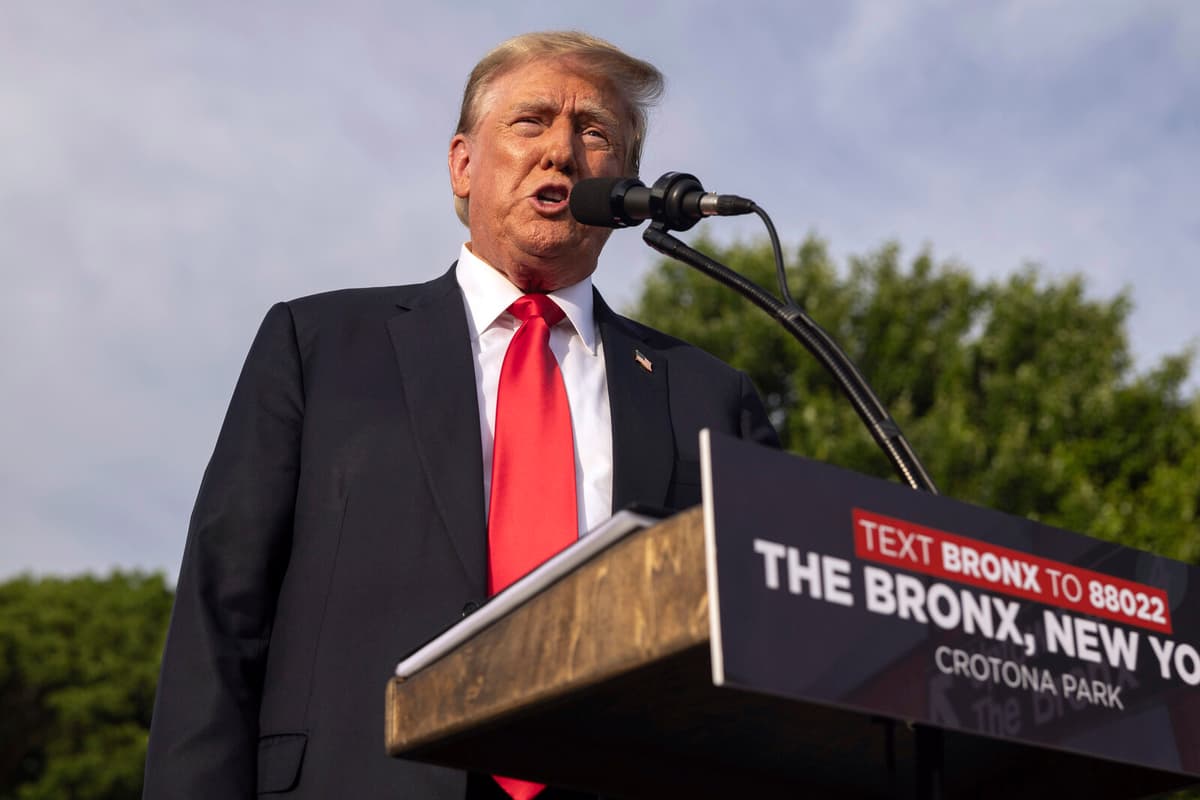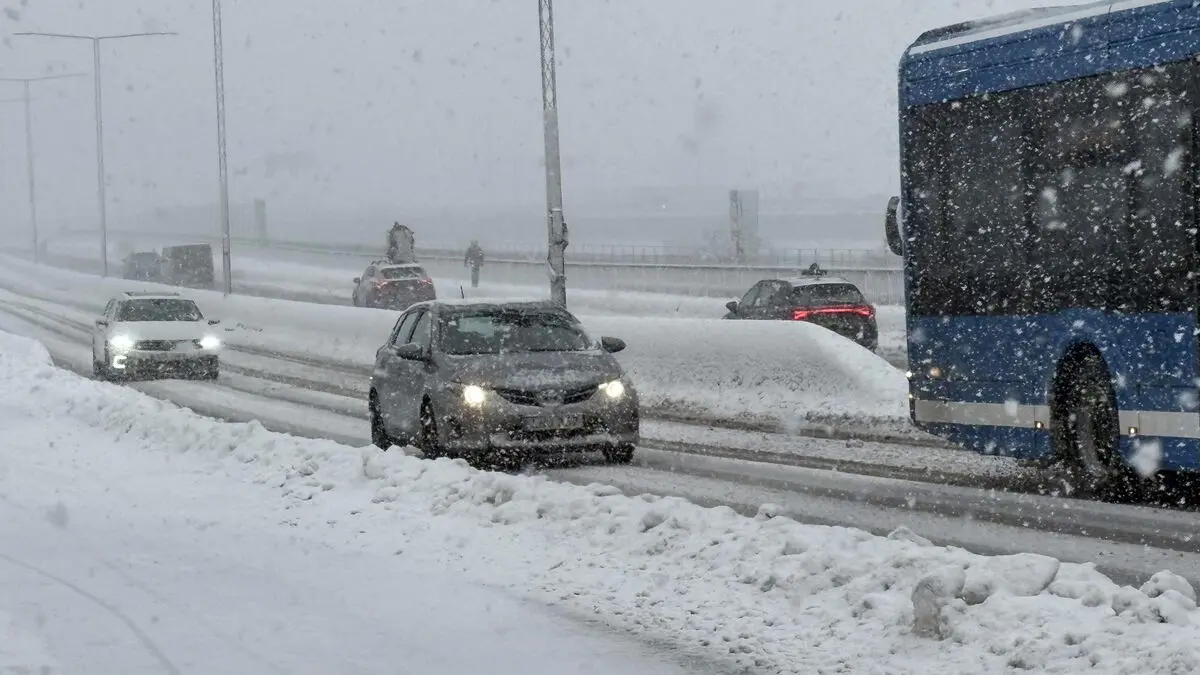In less than a week, the UN's climate summit COP29 will start in Baku, Azerbaijan. The fact that the world's largest oil producer and second-largest emitter of carbon dioxide chooses a president who is skeptical of the effects of climate change casts a shadow over the proceedings.
If you listen to what he says, he means that the climate issue does not exist, or if it does, it is not serious, says Markku Rummukainen, professor at Lund University.
The climate has not been a major issue during the American presidential campaign, but Donald Trump has promised to withdraw the USA from the global Paris Agreement, which is an important tool for reducing emissions worldwide.
"Drill, baby, drill"
He has also promised to increase the extraction of fossil fuels in the USA under his campaign slogan "drill, baby, drill". And he wants to stop IRA – Joe Biden's enormous support package for the green transition.
We'll see what happens. There are Republicans who do not want to remove subsidies and the industry does not want it either, says Björn-Ola Linnér, professor at Linköping University.
Last time Donald Trump was elected president, he also withdrew the USA from the Paris Agreement, although it did not take effect until the end of his presidential term. The fact that the USA left had a clear braking effect on climate work.
Considering that the USA is a major emitter and also resource-rich, it is important what they do nationally and internationally, and without the USA, the global work is of course weakened, says Markku Rummukainen.
Major setback
The Paris Agreement also regulates financing for poor countries' opportunities to reduce emissions and adapt to climate change, such as floods, droughts, and heatwaves. This is a key issue for the climate meeting in Baku, and it will of course be a setback if the USA no longer contributes.
But even if it was a setback when the USA left the Paris Agreement last time, not everything was pitch-black.
There are other forces that influence the climate transition – states, cities, and companies will continue to drive forward, says Björn-Ola Linnér.
Not everything is affected by a president in the USA.
The Paris Agreement is a global climate agreement that the world's countries agreed on in December 2015. It formally came into force in November 2016.
According to the agreement, global warming should be kept well below 2 degrees compared to pre-industrial levels, with the ambition to limit it to 1.5 degrees. This should mainly be achieved through reduced emissions of greenhouse gases.
The parties to the agreement shall successively tighten their commitments and renew or update them every five years. This is done in national climate plans (NDC). COP26 in Glasgow was the first climate meeting after Paris where countries were expected to do this. Next year, new NDCs will be submitted.
Part of the agreement deals with increasing the ability to adapt to the negative effects and manage damages and losses that occur as a result of climate change.
A fundamental idea in the agreement is that countries that have the best conditions should take the lead and that industrialized countries should provide support to developing countries. This should be done through climate financing, technology transfer, and capacity building.
Countries have until the climate meeting in 2025 to update their climate promises.





